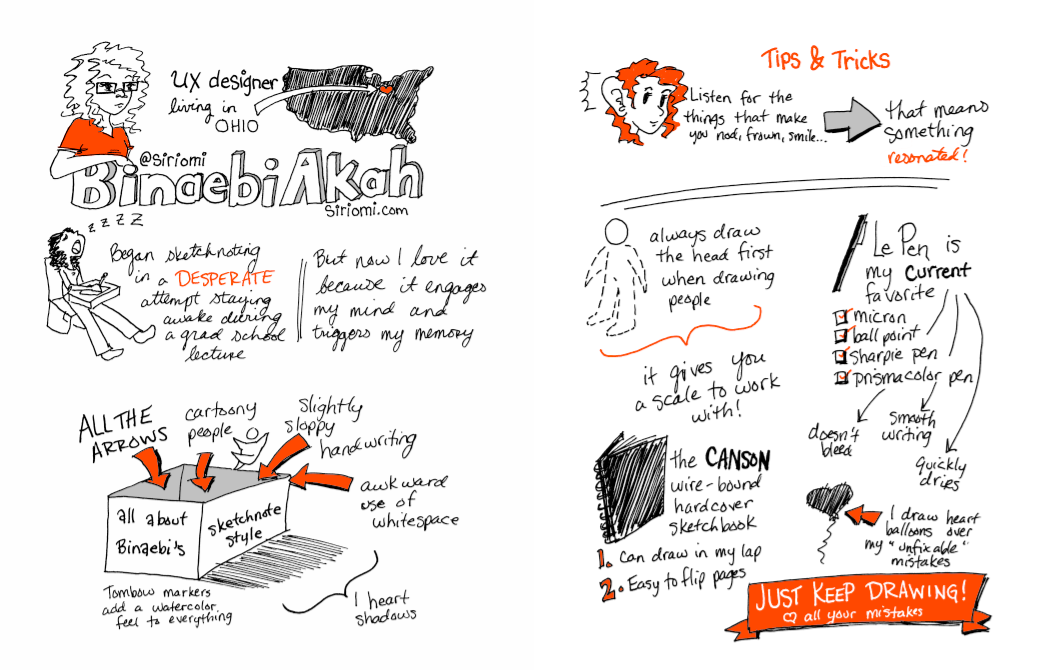Project 0: init()
Materials and readings—'nuff said.
DUE by Lecture, April 9
Course application
Due to studio capacity restrictions, this class will be capped at ~80 students. To enroll in CS 247, you must fill out the course application by noon on 4/3. We will email out studio assignments and waitlists by the end of 4/3.
Equip yourself
CS 247 does not require a textbook, but we do require design supplies which will carry across classes. Below are the essentials of your design kit that we will assume you have with you at every class. These items will help you hold charrettes and brainstorms with your teammates. Make sure you bring a sketchbook and pen by Studio 1B (Studio B of Week 1). Act quickly, because we are not the only class on campus that's asking you to buy a sketchbook and they do sell out.
- Sketchbook: a good drawing pad or sketchbook is a critical part of the designer's toolkit. Important features: you must be able to easily tear out the pages (so we can tape them on the walls), no lines, no flimsy pag es, no tiny pages (we recommend at least 5"x8"), no thin-lined pens (go for something with a reasonably thick ink stream), and no pencils. The Stanford Bookstore sells drawing pads, as does University Art and Accent Arts. If you get ahead of the game, use Amazon Prime Student to overnight some.
- Markers
- Black in three weights—fine, heavy and marker sized—and a light gray accent. Christina likes Tombows. Papermate Flair pens are a cheap solution.
- Highlighters in a few colors, or colored markers for accent colors.
- Optional: Ruler/straight edge
- Optional: whiteboard markers
- Cache of sticky notes in a variety of colors/sizes (for doing collaborative design anywhere). Buy your own, or go in together with some classmates and split them.
- Tape
- Unruled index cards. Ideally 5x8. These are great for paper prototyping. Consider other sizes, and blank flashcards.
- Collaboration supplies
- Camera: to capture whatever inspires you—a phone camera works fine
Sketchnotes
According to Mike Rohde, "Sketchnotes are rich visual notes created from a mix of handwriting, drawings, hand-drawn typography, shapes, and visual elements like arrows, boxes, and lines". Below is an example by @siriomi included in Rohde's book.

In future weeks, all reading, videos and audio materials we give you will be accompanied by a request for a sketchnote, so the goal of this part of P0 is to help you become comfortable sketchnoting. Our main resource will be Mike Rohde’s Sketchnote Handbook. We recommend that you get your own copy of the book, but a free copy is provided here .
In all following weeks, sketchnotes will be due on Monday before lecture.
There is SO MUCH out there on sketchnoting-- trust us that you can learn to do it.
Submit
Submit on Canvas before lecture and bring the deliverables of P0 to Studio 2B (Week 2, Studio A):
- Read the entire book. It looks long, but don’t worry: the book is mostly pictures!
- Complete the exercises starting on page 154, 160, and 180.
Grading rubric
Your sketchnote submission will be graded on the check-minus/ check / check-plus system.
check-minus- Sketchnotes are extremely limited or suggest that the reading was not completed.
check- Sketchnotes are insufficient in volume suggest that the reading was only cursorily completed
check-plus- Sketchnotes effectively capture the main ideas of the reading.